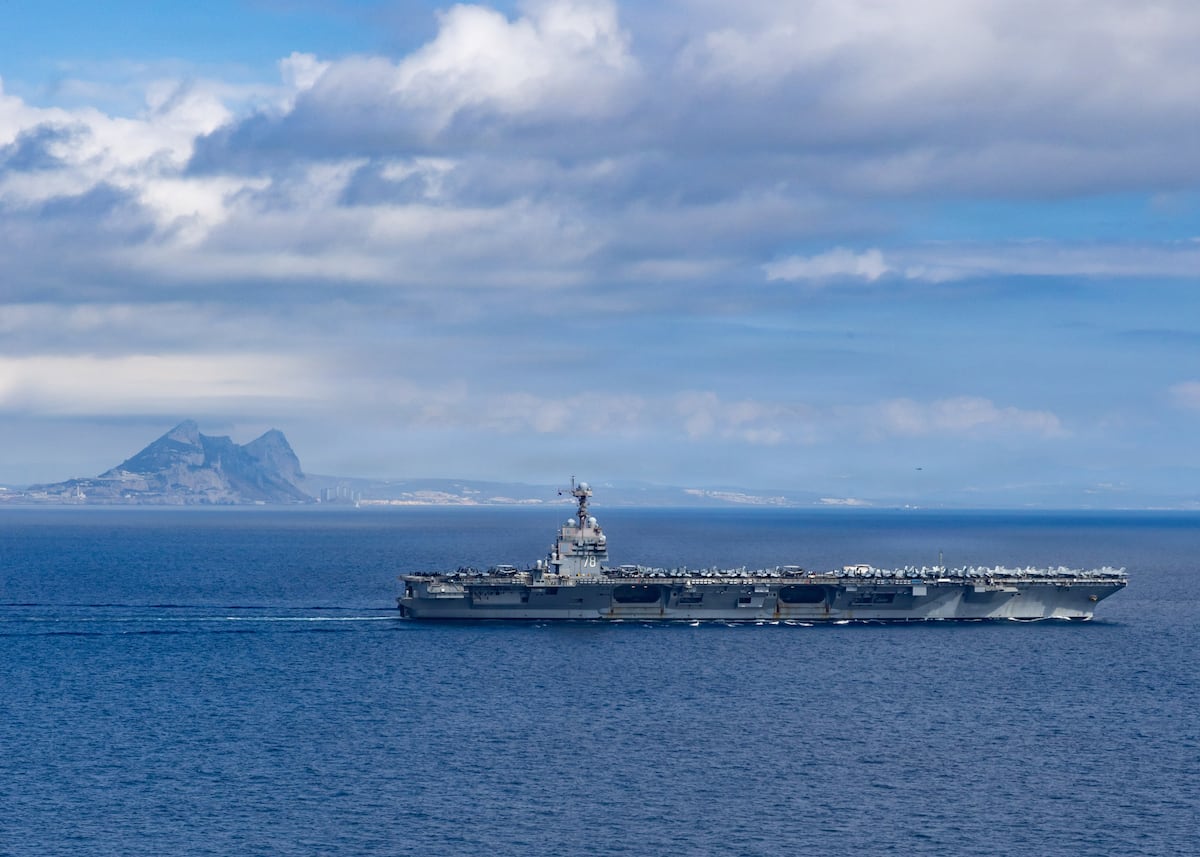Enhancing Maritime Surveillance: NATO’s Task Force X Demonstrates Unmanned Solutions
Introduction of Uncrewed Platforms in Baltic Operations
In a significant move to bolster maritime security, the United States-based innovation firm Saildrone has contributed unmanned surface vessels (USVs) to NATO’s Task Force X initiative. Recently conducted exercises in the Baltic Sea allowed these vessels to effectively identify and monitor operations of Russian shadow-fleet assets. This initiative underscores NATO’s commitment to improving situational awareness and operational capabilities in contested maritime environments.
Overview of Task Force X
Initiated in 2022 and spearheaded by NATO’s Allied Command Transformation (ACT), Task Force X aims to streamline the integration and development of uncrewed systems within naval operations. The challenge set forth by this initiative is to refine the military’s approach to maritime surveillance and reconnaissance, particularly in light of evolving threats.
Key aspects of Task Force X include:
-
Testing Advanced Uncrewed Systems: The project’s second operational demonstration took place in June and featured over 60 uncrewed platforms from American and French manufacturers. This rigorous assessment examined the effectiveness of these platforms under variable Baltic Sea conditions.
-
Successful Monitoring Operations: Among the systems deployed were four Saildrone Voyager vessels, measuring ten meters in length. These USVs operated within the Gulf of Finland and the western Baltic Sea, efficiently detecting and surveilling hundreds of maritime vessels daily.
Operational Achievements and Challenges
Saildrone’s Voyagers proved instrumental in identifying ‘red forces’ during NATO exercises, highlighting their capability to locate real-world threats, including Russian military and merchant vessels categorized as part of the shadow fleet. The drones worked under challenging environmental conditions, demonstrating resilience in high winds and wave heights exceeding 2 meters (6.5 feet).
The Shadow Fleet Dilemma
The term “shadow fleet” refers to Russia’s network of aging and often uninsured oil tankers, which the country employs to circumvent Western sanctions on its oil exports. Recent intelligence reports indicate a notable increase in the strength of this fleet, with approximately seven new vessels added monthly, bringing the total to around 343 vessels. The continued presence of this fleet poses significant challenges to European maritime strategy and necessitates vigilant operational responses.
Integration of Real-Time Data
Saildrone has adopted a contractor-owned and operated model, enabling NATO to access real-time data as part of a service agreement. The data collected by the USVs during the Baltic demonstration was integrated into a unified operational picture, accessible through the Saildrone mission portal. This integration enhances collaborative decision-making across NATO’s Maritime Command, facilitating rapid response to identified threats.
Comparative Trials and Broader Implications
Earlier this year, a similar demonstration of unmanned systems took place in Danish naval waters, where both manned and unmanned assets were exercised in live scenarios. Such trials highlight NATO’s evolving doctrine that increasingly embraces uncrewed technology alongside traditional naval capabilities, creating a hybrid force structure capable of addressing modern security challenges.
Future Directions for Regional Defense Innovation
NATO’s efforts in maritime surveillance have prompted participation across allied nations, including Bulgaria, Romania, Turkey, Norway, and the United Kingdom. These countries are expected to tailor national versions based on the Task Force X framework, fostering regional innovation in defense strategies.
By circumventing bureaucratic inertia and engaging directly with technology manufacturers, ACT aims to acquire commercially available systems that enhance operational readiness. This approach may serve as a model for military adaptation to rapid technological changes, ensuring that NATO maintains a tactical edge in an increasingly unpredictable security landscape.
In a world where maritime threats are becoming more sophisticated, NATO’s initiatives like Task Force X signify a proactive and adaptable response, positioning the alliance to better safeguard its interests against emerging adversarial tactics.





